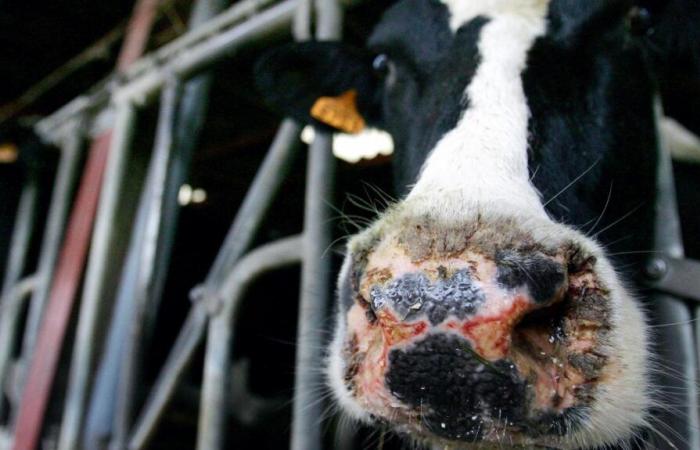LHighly pathogenic avian influenza H5N1 was detected in cattle in the United States in spring 2024 and has affected more than 190 dairy farms in at least thirteen states. Researchers Jürgen Richt, Martin Beer, and colleagues sought to understand how the virus can be transmitted within herds. To find out, they experimentally infected calves and dairy cows with the H5N1 clade 2.3.4.4b virus, currently circulating in cattle in the United States. They compared the susceptibility and transmission of nine calves infected via the oral and nasal cavities and three dairy cows via mammary gland inoculation; three additional dairy cows were inoculated with a strain of avian influenza circulating in Europe (H5N1 euDG).
Also read
Should we really be worried about the H5N1 virus?
“Infection of calves resulted in a mild clinical manifestation, with moderate viral replication, but no transmission to calves housed in the same housing. In contrast, dairy cows presented with severe mammary gland infection, including fever, mastitis and a sudden decrease in milk production. A drastic increase in virus levels in milk was observed, but no signs of systemic infection or nasal shedding were detected,” the agency reports. Nature. “These results indicate that milk and milking procedures, rather than respiratory spread, are likely the primary routes of H5N1 virus transmission between cattle,” the researchers say. However, they say more detailed evaluation is needed.






